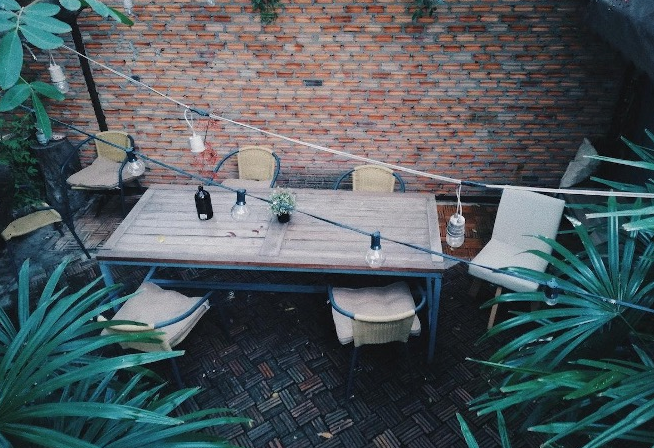Gardening expert reveals one thing you must never put on your lawn

If your lawn looks lush on the surface but struggles to stay healthy in the long term, there could be a hidden reason. A leading gardening expert has issued a warning about a routine mistake many homeowners make—one that doesn’t just affect your grass, but may also be endangering birds, insects, and the very soil beneath your feet.
MAC Renewables has teamed up with David Jones, 44, who has over a decade of experience in lawn and soil care, to help raise awareness about the silent damage being caused in gardens across the UK.
“People want quick results, and I get it,” says David. “But there’s one product a lot of homeowners rely on that creates a ripple effect underground—and it’s not good.”
He explains that this substance is often marketed as an easy way to boost growth, and many gardeners turn to it without realising what’s happening beneath the surface.
The Hidden Danger Beneath the Surface
“It leaves chemical residues in the soil that the grass can’t fully absorb,” David says. “Worms and insects pick it up, and then birds feed on them. That’s where the danger really begins.”
What is this mystery product? Fast-acting, synthetic fertiliser—a standard addition to many garden sheds.
“Birds fly down onto the lawn, they eat the worms, and of course if there’s a fertiliser that contains anything that burns, then birds can become very ill—or even die,” David explains. “It’s not something gardeners see directly, but it’s happening more than people realise.”
The high concentrations of nitrogen and salts in chemical fertilisers can burn plant roots, kill off soil microbes, and break the natural cycle of a healthy garden ecosystem.
What David Uses Instead
To protect his own garden—and its wildlife—David steers clear of synthetic products altogether. Instead, he creates his own gentle, organic fertiliser blend using ingredients that improve soil naturally over time.
“I make mine with composted kitchen scraps, well-rotted manure, and seaweed extract,” he says. “Then I brew it into a compost tea and let it steep for about 48 hours. It’s mild, but packed with nutrients that feed the soil rather than shock it.”
This method not only strengthens the lawn but also encourages earthworms and microbial life, creating a balanced, self-sustaining environment.
David’s Recommendations for Safer Lawn Care
If you’re not ready to make your own, David suggests several safe, store-bought and homemade alternatives:
Organic lawn feed made from natural ingredients
Bone meal or fish meal for slow-release nourishment
Seaweed-based liquid fertilisers rich in micronutrients
Leaving grass clippings on the lawn to return nitrogen
Reusing cooled vegetable cooking water as a mild soil drench
“It might not work overnight, but it builds a stronger, more resilient lawn that doesn’t rely on chemicals,” he says. “And you won’t be damaging anything else in the process.”
Why Light Still Matters
A spokesperson from MAC Renewables added that lawn health isn’t just about what you feed it—sun exposure plays a major role too.
“We often say: treat your garden like solar panels. South-facing spaces get more light, which reduces the need for constant fertiliser, watering, and chemical intervention.”
With smart positioning and a more natural feeding routine, homeowners can keep their gardens green—without damaging what lives in and around them.
A Greener Lawn for Everyone
David’s final message is simple: if you care about your lawn, care about what goes into it.
“The health of your lawn isn’t just about appearance—it’s about balance,” he says. “When you work with nature and not against it, the benefits go far beyond your grass. You’re helping the birds, the bugs, and the soil—and that’s what makes a garden truly thrive.”






